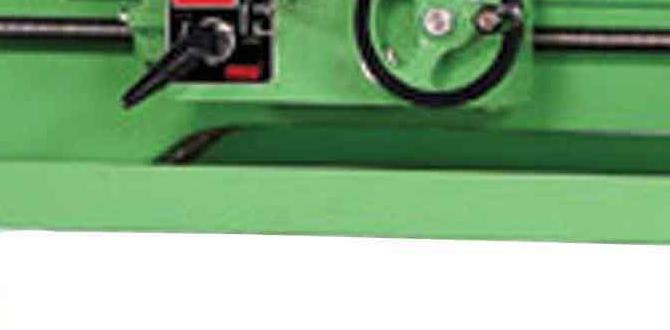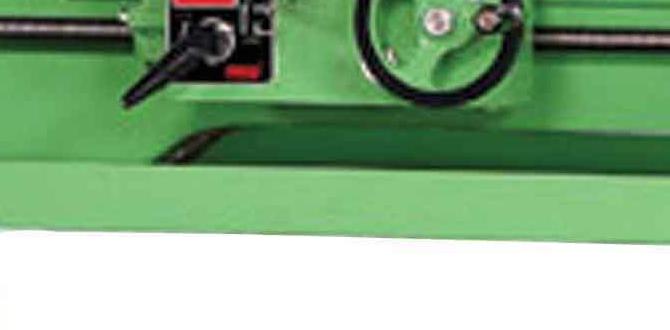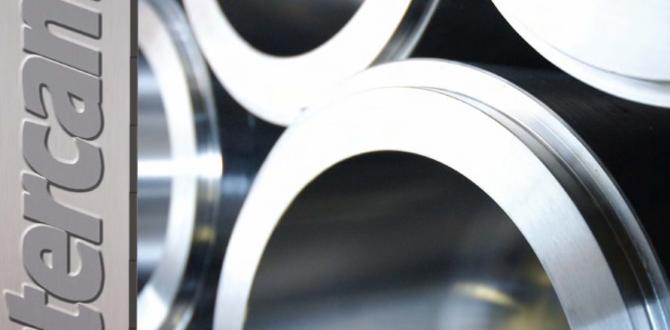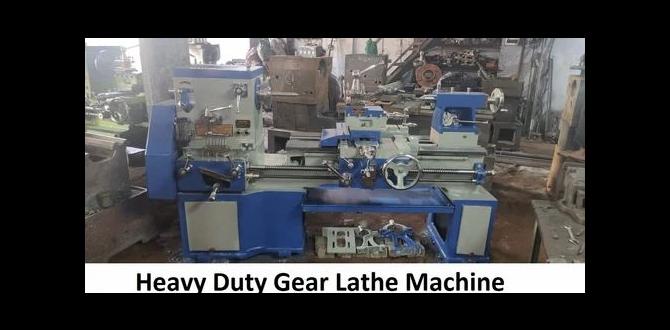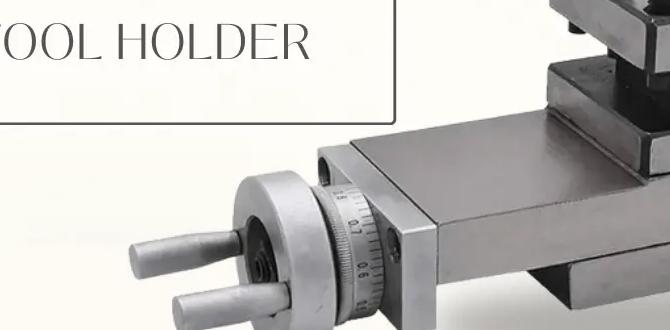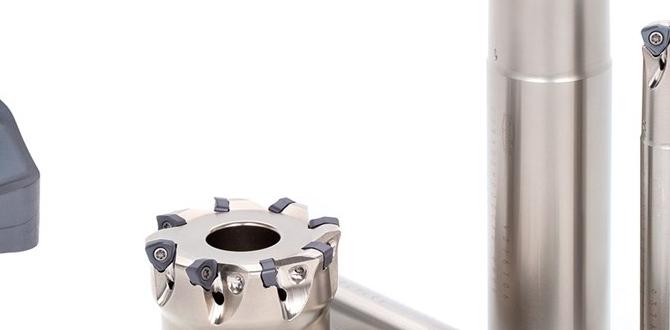Wood lathe drive belt replacement kit systems are an often-overlooked but critical component of any woodturning enthusiast’s toolkit. These seemingly simple components are the unsung heroes, quietly transferring power from the motor to the spindle, allowing your lathe to spin that piece of wood into something beautiful. Over time, however, these belts can wear, crack, or stretch, leading to decreased performance, inconsistent speeds, and in some cases, complete operational failure. Fortunately, replacing a worn belt is a relatively straightforward process, and having a quality wood lathe drive belt replacement kit readily available can make all the difference in minimizing downtime and frustration.
The primary function of the drive belt is to transmit rotational force. It acts as a flexible connector, allowing the motor’s pulley to turn the lathe’s spindle. Think of it like the chain on a bicycle; it bridges the gap between the power source and the wheel. When the belt is in good condition, this transfer of power is smooth and efficient. However, several factors contribute to belt degradation. Constant tension, exposure to dust and debris, heat generated by friction, and the natural aging process of rubber and composite materials all take their toll. Signs of a failing belt include slipping, squealing noises, visible cracks or fraying on the belt’s surface, and a noticeable loss of power when turning larger or denser workpieces. Ignoring these symptoms can lead to more significant problems, such as premature wear on the pulleys themselves or even motor damage if the belt breaks entirely.
Benefits of a Dedicated Wood Lathe Drive Belt Replacement Kit
Investing in a dedicated wood lathe drive belt replacement kit offers several distinct advantages over simply buying a generic belt. Firstly, these kits are typically designed to be compatible with specific lathe models or ranges. This ensures that the belt you receive will have the correct length, width, and profile to perfectly match your machine’s pulleys. A belt that is too long will be slack and slip, while one that is too short will put excessive strain on the motor and bearings. The profile of the belt also matters; V-belts, for example, are designed to seat firmly within the V-shaped grooves of the pulleys, maximizing grip and minimizing slippage.
Secondly, a good kit often includes additional helpful items. This might include a belt tensioning tool or instructions on how to properly adjust tension, which is crucial for optimal performance and belt longevity. Some kits may also come with a small amount of specialized lubricant or cleaning solution for the pulleys, helping to ensure a smooth operation and prevent future build-up that could accelerate wear. Furthermore, having a complete kit on hand means you’re prepared for “belt failure emergencies.” Instead of scrambling to find a suitable replacement when your lathe suddenly becomes unusable, you can simply reach for your kit and get back to turning within minutes.
The Simple Process of Wood Lathe Drive Belt Replacement
Replacing the drive belt on most wood lathes is a task that can be accomplished by most users with basic tools and a little patience. The exact procedure can vary slightly depending on the lathe’s design, but the general steps remain consistent.
Step 1: Safety First! Always begin by disconnecting the power to the lathe. Ensure the power switch is off and the plug is removed from the outlet. It’s also a good practice to wait a few minutes for any residual power in capacitors to dissipate.
Step 2: Accessing the Belt. Most lathes have an access panel or cover that protects the belt and pulley system. This is typically secured with screws or latches. Carefully remove these fasteners to expose the drive belt.
Step 3: Releasing Belt Tension. Many lathes have a mechanism for adjusting belt tension. This might involve a sliding motor mount or a dedicated tensioning screw. Loosen this mechanism to create slack in the belt. If your lathe doesn’t have an obvious tension adjustment, the motor may simply need to be pivoted or lifted to allow the belt to be removed, in which case, you’ll need to reapply tension manually.
Step 4: Removing the Old Belt. Once the tension is released, the old belt can usually be lifted off the pulleys. You might need to gently maneuver it to clear both the motor pulley and the spindle pulley.
Step 5: Installing the New Belt. Take your new belt from the wood lathe drive belt replacement kit and carefully drape it over the pulleys. Start by placing it on one pulley, then rotate the other pulley to help feed the belt into its groove.
Step 6: Applying Proper Tension. This is a critical step. With the new belt in place, re-engage the tensioning mechanism. The belt should be snug but not overly tight. A good rule of thumb is to be able to deflect the belt about half an inch (1-1.5 cm) with moderate finger pressure. Over-tensioning can strain motor bearings and the belt itself, while under-tensioning will cause slipping and reduced power. Refer to your lathe’s manual for specific tensioning recommendations.
Step 7: Reassemble and Test. Once the belt is tensioned correctly, reattach the access panel or cover, securing it with its fasteners. Plug the lathe back in and turn it on at a low speed. Listen for any unusual noises. Gradually increase the speed and test with a piece of wood if safe to do so, ensuring smooth operation.
Maintaining Your New Wood Lathe Drive Belt Kit
While a wood lathe drive belt replacement kit is designed for ease of replacement, proper maintenance can extend the life of both the new belt and your machine. Regularly inspect your belt for any signs of wear, cracking, or glazing. Keep the pulleys clean; accumulated sawdust and resin can build up and cause the belt to slip or wear unevenly. Avoid running the lathe at excessively high speeds for prolonged periods, especially with heavy workpieces, as this generates more heat and stress. Proper storage of spare belts from your kit is also important. Keep them in a cool, dry place away from direct sunlight and chemical fumes, which can degrade the rubber.
By understanding the importance of your wood lathe’s drive belt and by having a reliable wood lathe drive belt replacement kit on hand, you can ensure your turning sessions remain productive, enjoyable, and safe. Don’t let a worn-out belt be the bottleneck in your workshop – be prepared and keep those creative projects spinning!

